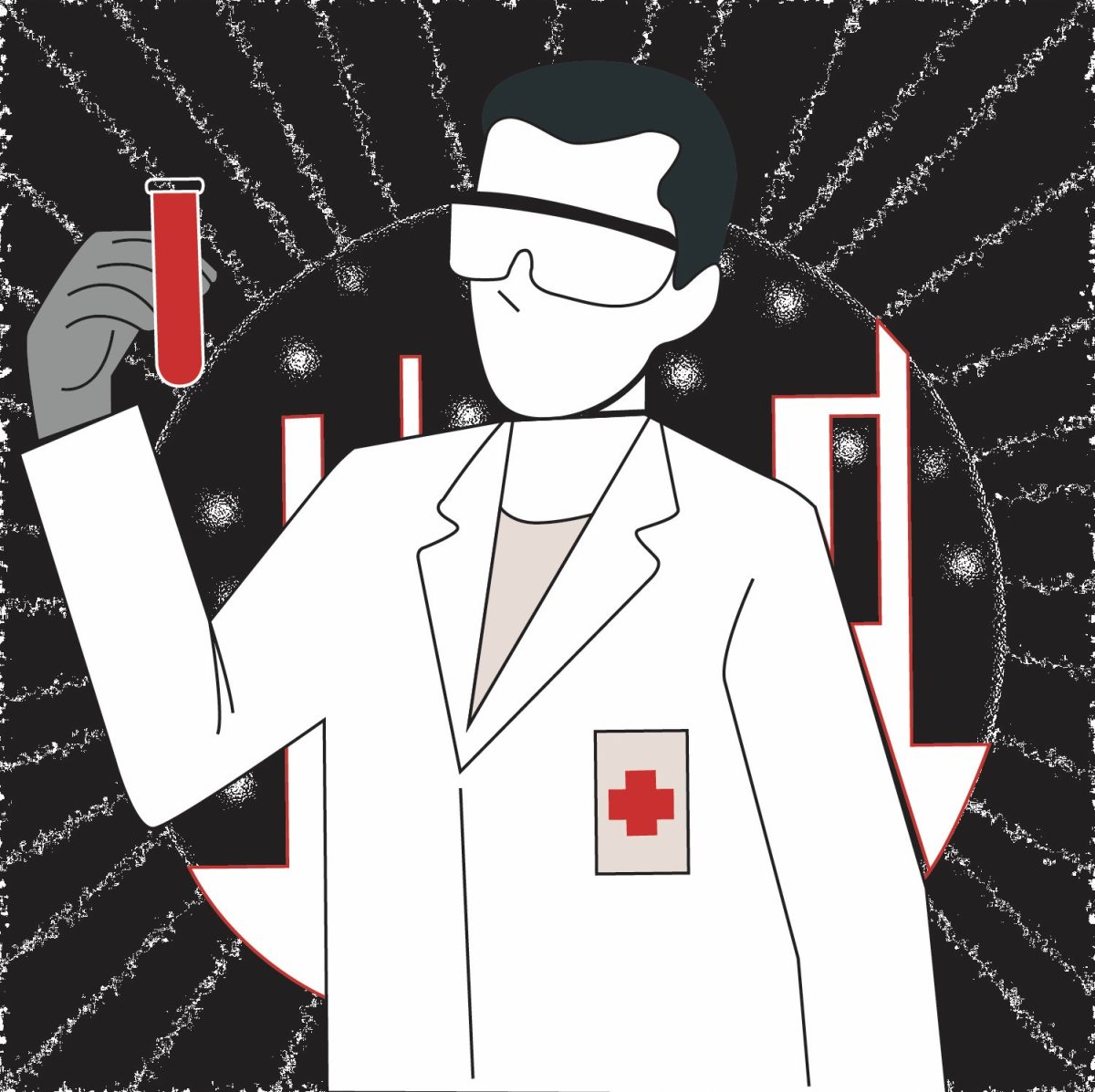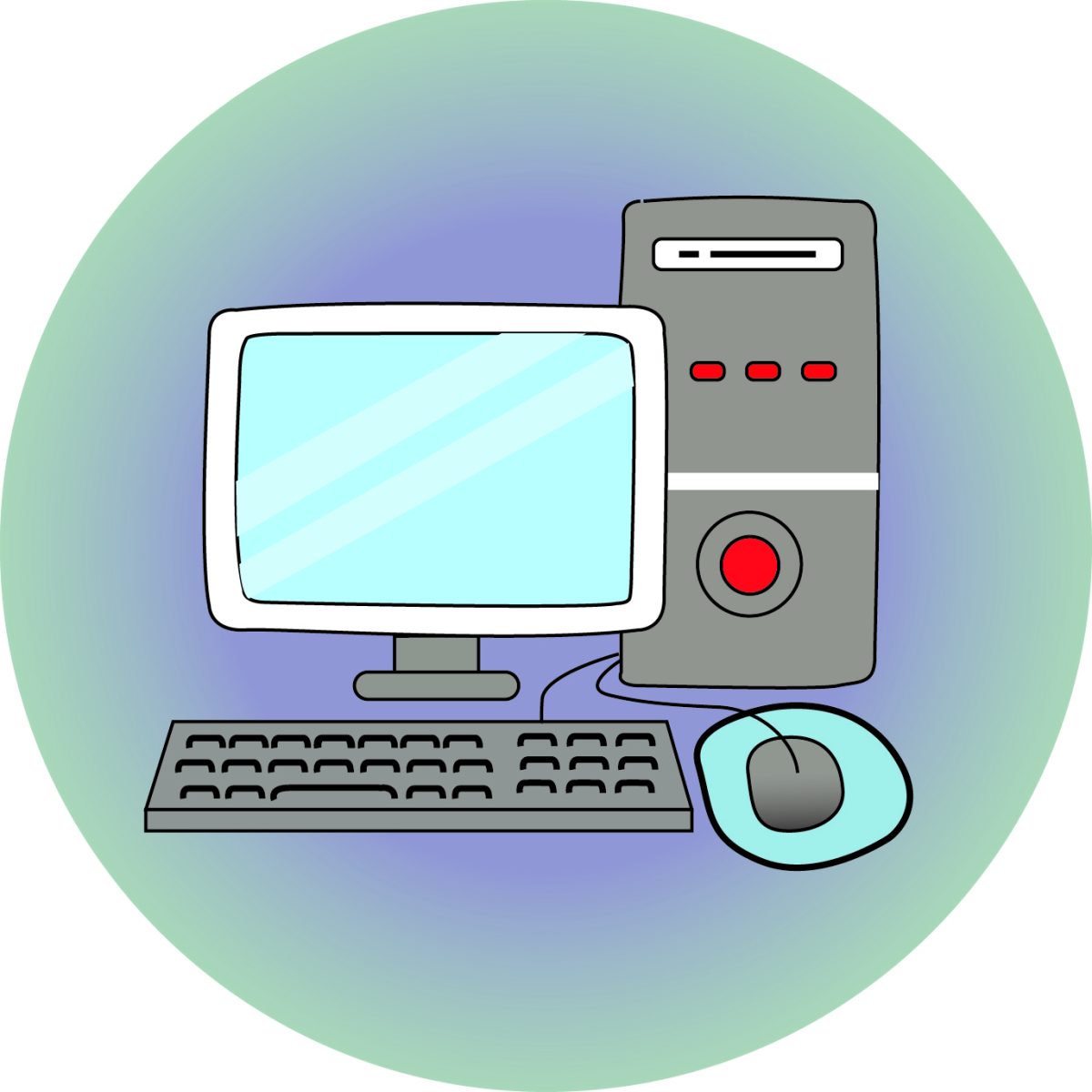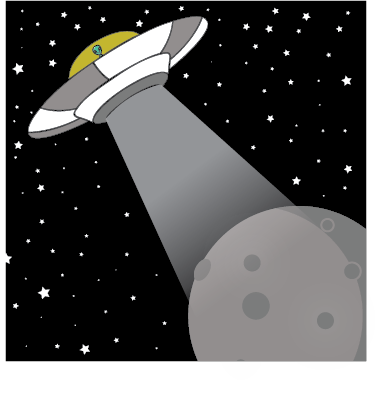On Saturday, Feb. 10, a robot was able to successfully complete a simulated robotic surgery on the International Space Station (ISS) while a team of doctors and surgeons controlled the robot from Lincoln, Nebraska. This robot is called “Miniaturized in vivo Robotic Assistant,” or spaceMIRA. SpaceMIRA’s success on the ISS is leading some people to wonder how this success will shape the future for space exploration. Freshman Medha Rao says, “It is a really good idea because it allows people to reach out and discover new possibilities and advance civilization.”
SpaceMIRA’s mission officially began on Jan. 30 when spaceMIRA got launched to the ISS on a SpaceX Falcon 9 rocket from Florida’s Cape Canaveral Space Force Station. SpaceMIRA reached the ISS on Feb. 1. According to Space, “SpaceMIRA made it to the ISS in large part due to a $100,000 award to the University of Nebraska-Lincoln through the U.S. Department of Energy’s Established Program to Stimulate Competitive Research (EPSCoR).” SpaceMIRA’s mission was able to be fulfilled due to donations, the help of other institutions, and through teamwork. Senior Elisha Reyes says, “Lots of training and hard work must have been put into the project.”
In order to first understand the lasting impact of spaceMIRA’s success, it is crucial in understanding the background information of the robot’s mission and origin. According to the National Library of Medicine, “Space surgery is a sub-discipline of space medicine with close associations to other space-related fields pioneered by Dr. Iaroshenko. In 1967 with his work in rodents at the Russian Space Agency. …surgery involving anesthesia, interventions, and survival was successfully performed in rodents for the first time on the STS-90 Neurolab Shuttle mission demonstrating that minor surgical procedures may be feasible for humans.” The mission for achieving surgery in space has lasted for 57 years now, and only recently has the next step in reaching the goal occurred, thanks to spaceMIRA.
SpaceMIRA was able to achieve the surgery simulation in space partially due to the mechanics of its design. According to CNN, “The robot is only two pounds (0.9 kilogram), and its compact microwave-size design makes it a lightweight instrument fit for space travel. With a portion of the device inserted into the body to perform surgery, the tool uses two arms to mimic the movements of a human — the left arm to grasp and right arm to cut.” This design makes it useful for doctors to transport and use spaceMIRA effectively.
With the success of spaceMIRA’s simulated surgery, it is natural to be curious on how this will benefit space exploration. Sophomore Charlie Mihal says, “This will kind of bring in new ideas and creations.” Being able to have more access to medical care when in space is crucial if we want astronauts to survive up there in space. The National Library of Medicine says, “Currently, the International Space Station (ISS) has an Advanced Life Support Pack able to deliver Advanced Cardiac Life Support (ACLS) and Advanced Trauma Life Support (ATLS)” Having a robot like spaceMIRA stationed on the ISS and other spacecraft will provide additional medical support for injuries that are too severe for the ACLS or ATLS. Science Direct adds, “Planned future missions to Mars, and further into deep space must consider delivery of health care by crew members, including surgical care, to address a wide variety of health risks in an increasingly autonomous manner, without much assistance from the ground.”
The existence of spaceMIRA will help interstellar corporations and industries achieve their goals and look forward to the future. CNN says, “‘NASA wants to go further, and the long duration of spaceflight will place new demands on medical care in a lot of ways,’ says Farritor … ‘There’s a lot of questions that have yet to be answered here. …We just wanted to show what’s possible, and we think it’s a really good step in the right direction.’” Junior Connor Reid adds, “I think that it would be a very good thing just in general of the future development of humanity, but it does need to be taken with a little grain of salt that we can’t do everything, and space is very large, and we just need to be very cautious if we continue.”
Despite how much being able to perform surgery in space accomplishes, there are still some downsides that cannot be overlooked. Surgery in space can be seen as a great idea, but there are restrictions inflicted by the limitations of gravity and space. On CNN, Dr. Michael Jobst, a colorectal surgeon who participated in spaceMIRA’s simulation, says, “In a live patient, if there is bleeding, it’s my job to stop that bleeding immediately. But to have an 800 to 850 millisecond lag between seeing the blood loss and then doing something about it, I mean, effectively that’s like… saying, OK, one Mississippi, two, and then I get to go ahead and fix the problem.” Whether on space or on Earth, even a millisecond difference in surgery could mean life or death. If astronauts are not able to fully get the help that they need from spaceMIRA, then there will be no point in successfully constructing a surgical robot. In addition, even if surgery on humans in space is feasible, some skeptics will continue to find reasons to not support space exploration. Aerospace Club supervisor Benjamin Reed says, “Well, if someone says, ‘Hey, I have a goal to perform surgery in space’ and that’s the end goal for them, I don’t understand what the purpose of wanting to do that is. If that is a step in some other direction that is ‘Okay, after I’m able to perform this surgery in space then this is how we’ll be able to apply it to humanity; the situation that we have with our kind on Earth, right now,’ and there’s a benefit to that, then great.” In order to have skeptics support space exploration, they are going to need more than just knowing that space surgery is possible. They need to know that the overall goal is and how humanity will be affected by that accomplishment.
With spaceMIRA effectively completing a surgery simulation, it leads to mixed feelings among society about the future of surgery in space. Unless given a solid reason to believe otherwise, skeptics like Reed will continue to focus on our home planet rather than other planets. Reed says, “I think that when you look at our importance in the universe, it is very insignificant, just because of how big the universe is, and we are just this tiny thing. But what is important, to me, is the interactions that we have in our communities and working out from there. There might be some great things to learn from space, but I don’t really see the benefit from sending people out to space.” Although there will always be skeptics of space exploration and surgery in space, there will also always be supporters. Reid says, “Just keep pushing, just keep trying because as always, just as we stop doing something, then it’ll probably take a long time to get back into it.”












